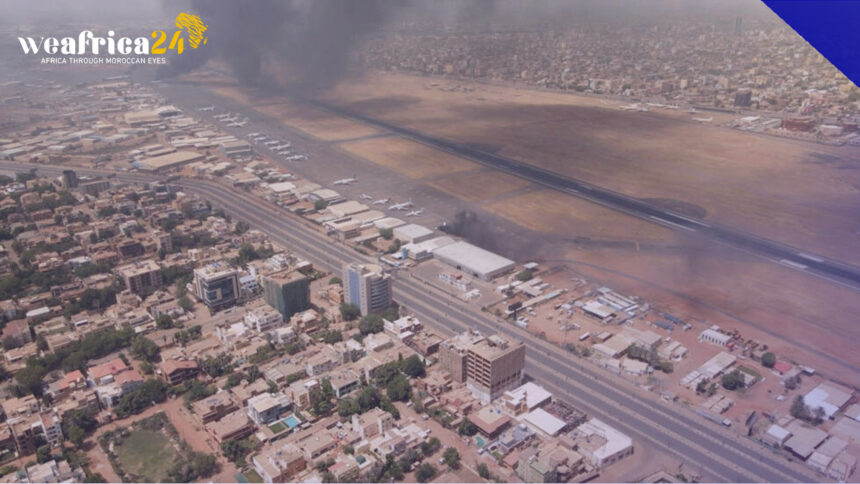In the aftermath of widespread death and destruction, the gradual economic downturn is another ominous chapter in the unfolding saga. The International Monetary Fund (IMF) projects a substantial 18% contraction of Sudan’s GDP this year, an alarming figure for a nation already grappling with severe economic challenges.
Since the conflict commenced on April 15, pitting the army led by General Abdel Fattah al-Burhan against the Rapid Support Forces (RSF) commanded by General Mohamed Hamdan Daglo, Sudan has been thrust into chaos.
Beyond the thousands of casualties and millions displaced, the entire Sudanese system is in dire straits. In a country where triple-digit inflation was already a harsh reality pre-war, the IMF notes, “The conflict is eroding infrastructure and jeopardizing access to basic services.” Consequently, the populace is seeking refuge elsewhere.
The agricultural sector is a vital part of the economy, contributing around 40% of the GDP and employing 80% of the population, as per the UN. Unfortunately, this sector has also been affected adversely. Moreover, the authorities have partially lost control over the Gezira mega agricultural project, which is now being managed by paramilitary groups, raising concerns.
Furthermore, the halt in gold sales, a primary revenue source for the nation, exacerbates the dire situation.
Compounding these woes is the collapse of the banking system, with months passing without salary disbursements. Meanwhile, the Sudanese pound has plummeted, losing half its value since the onset of the conflict.
According to the International Monetary Fund (IMF), the conflict in Sudan may have long-term consequences and it could take years to rebuild. Furthermore, a weakened Sudanese economy could negatively impact neighboring countries and North Africa as a whole in the medium term.







